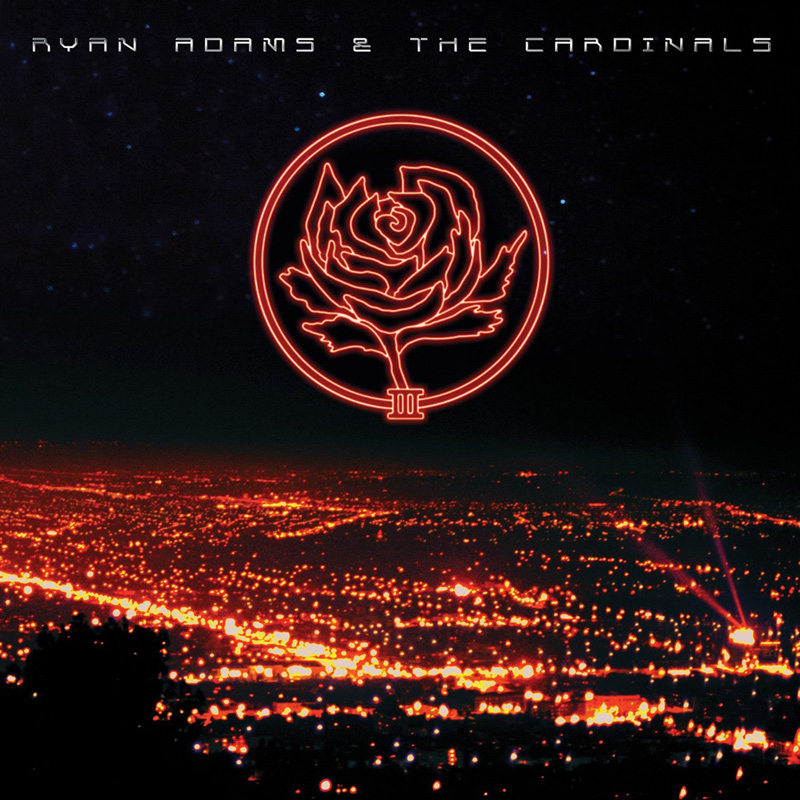With the release of 2007’s Easy Tiger, Ryan Adams ushered in a new era of his career: sobriety. Well-known as an abuser of alcohol, heroin, cocaine, and pills, Adams’ work was both prolific and erratic. Adams, now abstaining from the substances that once threatened to drive his career and life into the ground, settled into the studio with his backing band the Cardinals to create not only Easy Tiger, but also III/IV.
However, despite spawning from the same recording sessions, III/IV shares none of Easy Tiger’s stylistic twang. Designed as the conceptual follow-up to 2005’s Cold Roses, III/IV is Adams most straight ahead rock and roll album since, well, Rock N Roll.
While still keenly self-aware, Adams is no longer trying to force the issue as he has been wont to do in the past. As always there will be filler on a Ryan Adams album, let alone a double release, but the piece is far more cohesive than anyone could rightfully expect one of his albums to be. The songs included are rooted in the 1980s rock underbelly, most notably and obviously the Replacements. This brings out the best of alt-rock Adams on tracks like “Lovely And Blue” and “Breakdown Into The Resolve,” the latter of which can easily be read as a summary of his battle with drug addiction and prolific flood of music releases.
Whether Ryan Adams is recalling the ideal woman he pined for as a youth on “Star Wars” (“Someone that loves me the way of Star Wars) or remembering high school drama on “Wasteland” (“It’s evident now that somebody’s lying, and things don’t work out but nobody’s trying”), it becomes evident that III/IV is really written about the things that a teenaged Adams held dear: “the ‘80s, ninjas, cigarettes, sex, and pizza.” Considering the album was recorded during the height of the Killers and Franz Ferdinand fascination, Adams’ dalliance with the past makes even more sense.
Adams has dipped into his past many times before but for the first time it seems like he’s simply looking back rather than trying to relive it. This is the kind of perspective that usually only comes with aging and maturity. He’s mellowed, and in many ways that’s not a good thing. There are gems on III/IV but they don’t stand out the way Adams best songs used to in the past. There isn’t as much flash to his work and so many of the tracks share similar sonic aesthetics which can further compound the problem. What that means is the album is more of a grower, and it can take a lot out of a listener to give a full double album time to take root. There is still plenty to cherish here, and no Ryan Adams devotee is going to feel disappointed. In reality, this is likely just another detour in the ever evolving and confusing career of Ryan Adams.

